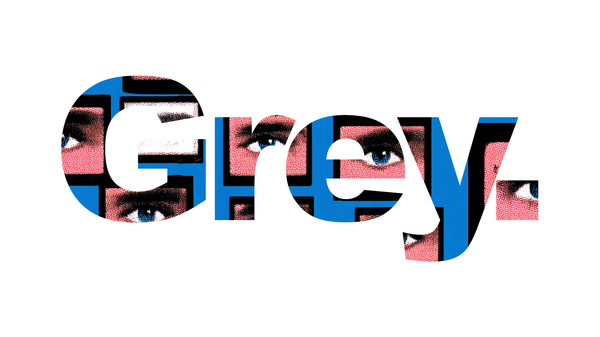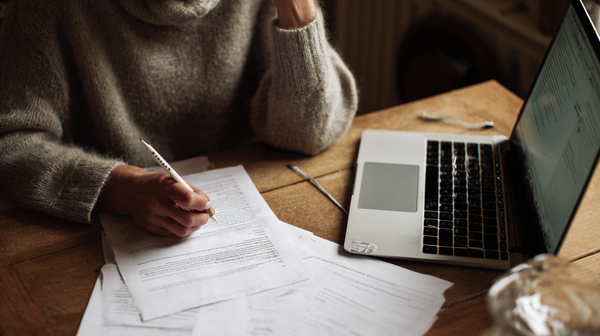The Link Between Anxiety and Depression: Dual Diagnosis Insights 🧠
Anxiety and depression often coexist, creating a complex loop of fear and despair. Understanding this dual diagnosis is key to effective, layered healing.
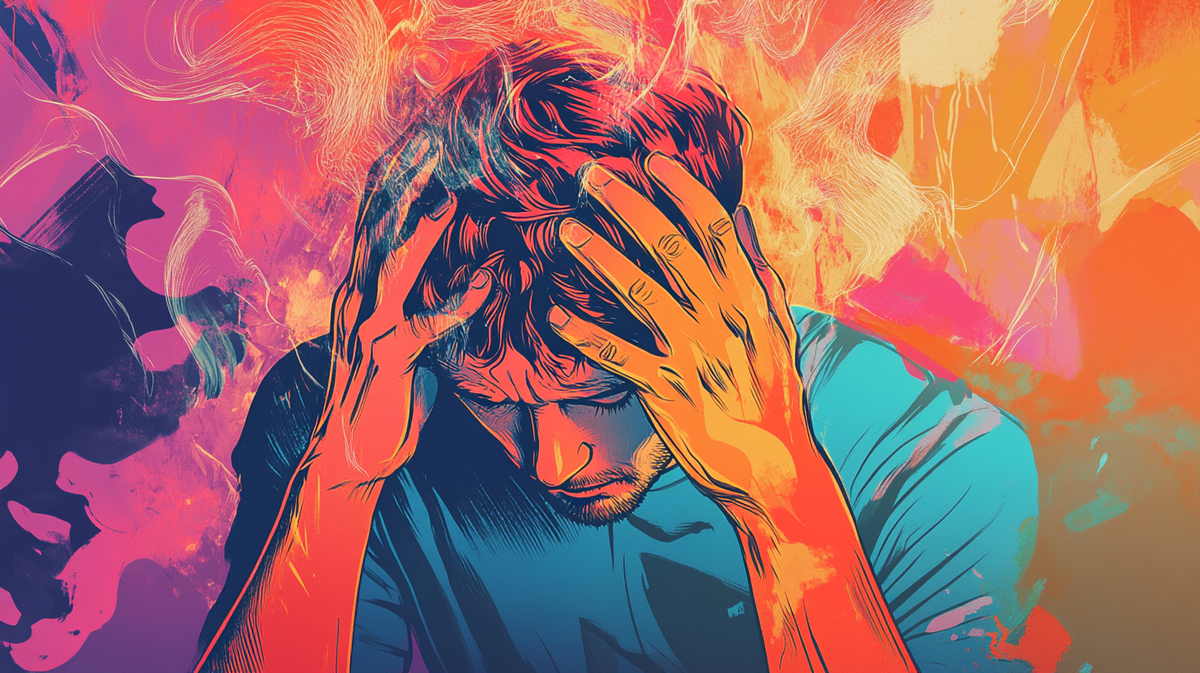
Anxiety and depression aren't opposites. They're often partners - uneasy companions in the same mind, blurring the lines between fear and despair. For millions of people, this isn't just a passing phase or a rough week. It's a chronic, often misunderstood reality: anxiety and depression as comorbid disorders, existing simultaneously, feeding off one another in a complex loop.
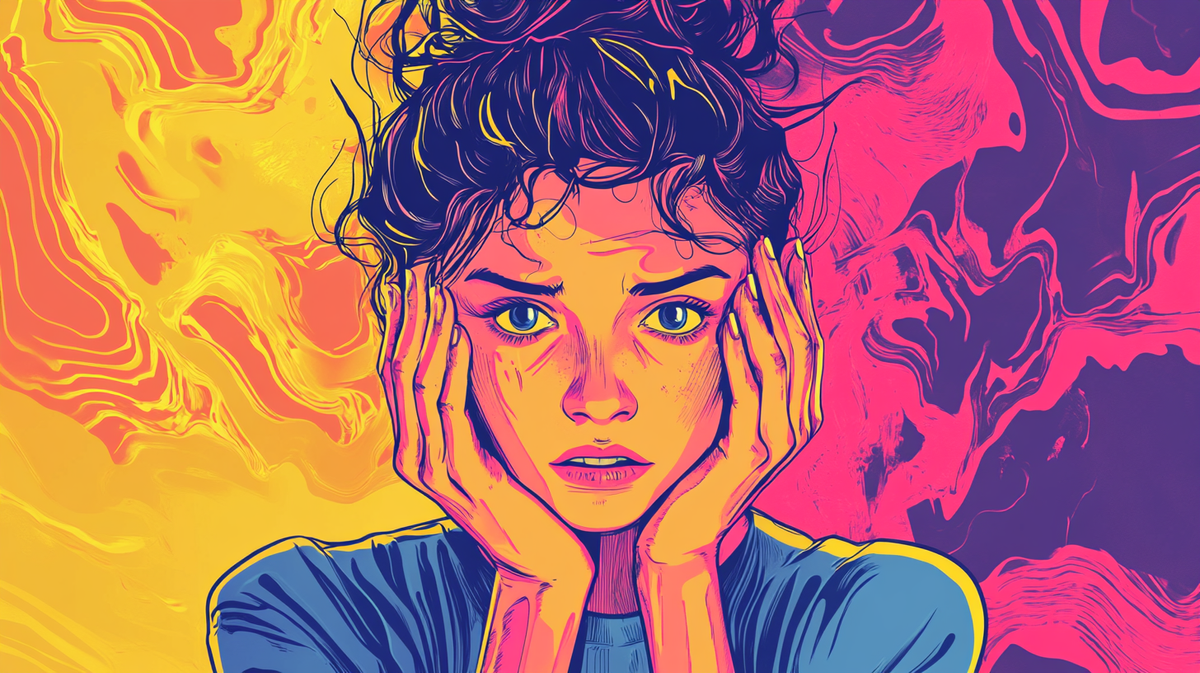
Understanding this dual diagnosis isn't just clinically important - it's human. It offers clarity to those trapped in a fog of conflicting emotions, and it reminds us that healing often requires treating more than one layer at a time.
How Often Do They Co-Occur? 🤔

It's more common than most people think. According to the National Comorbidity Survey, nearly 60% of individuals with anxiety also experience symptoms of depression, and vice versa. This is not a rare overlap - it's the rule, not the exception.
The World Health Organization has also recognised that anxiety and depression are the leading causes of disability worldwide, and when they show up together, the impact is even more debilitating. Comorbidity tends to result in more severe symptoms, longer durations, and a higher likelihood of recurrence.
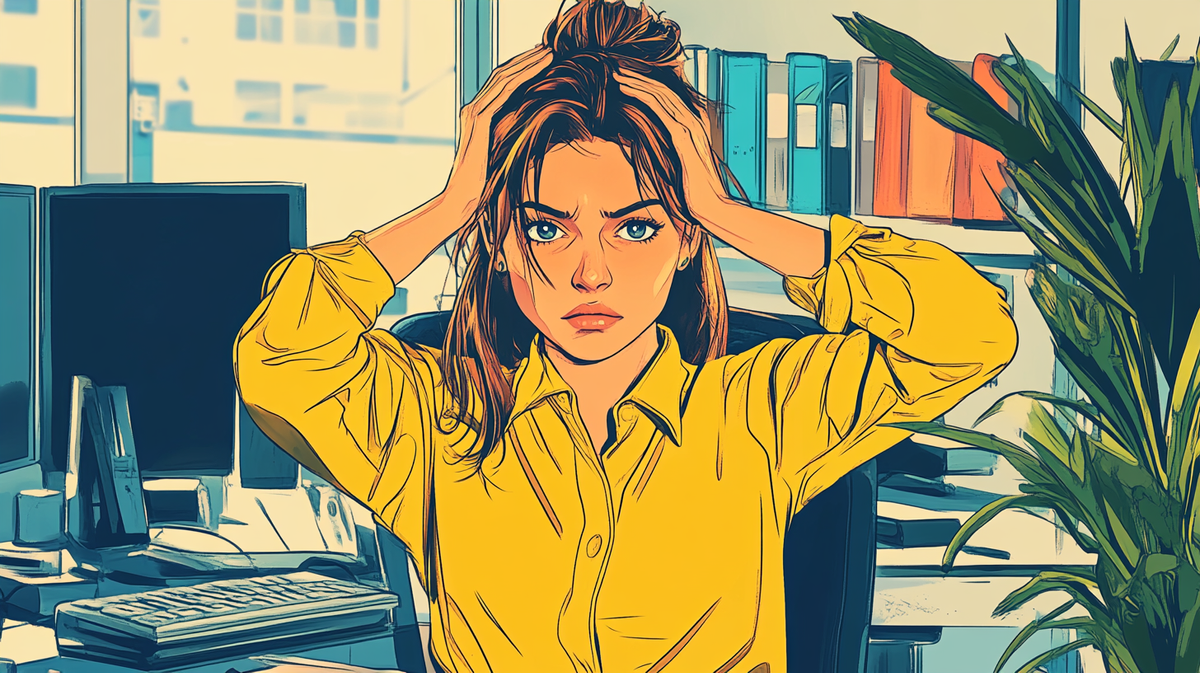
The science is catching up to what people living with both conditions have long known: these are not two separate experiences - they're interwoven threads of the same emotional fabric.
Shared Symptoms and Key Differences 👨💻
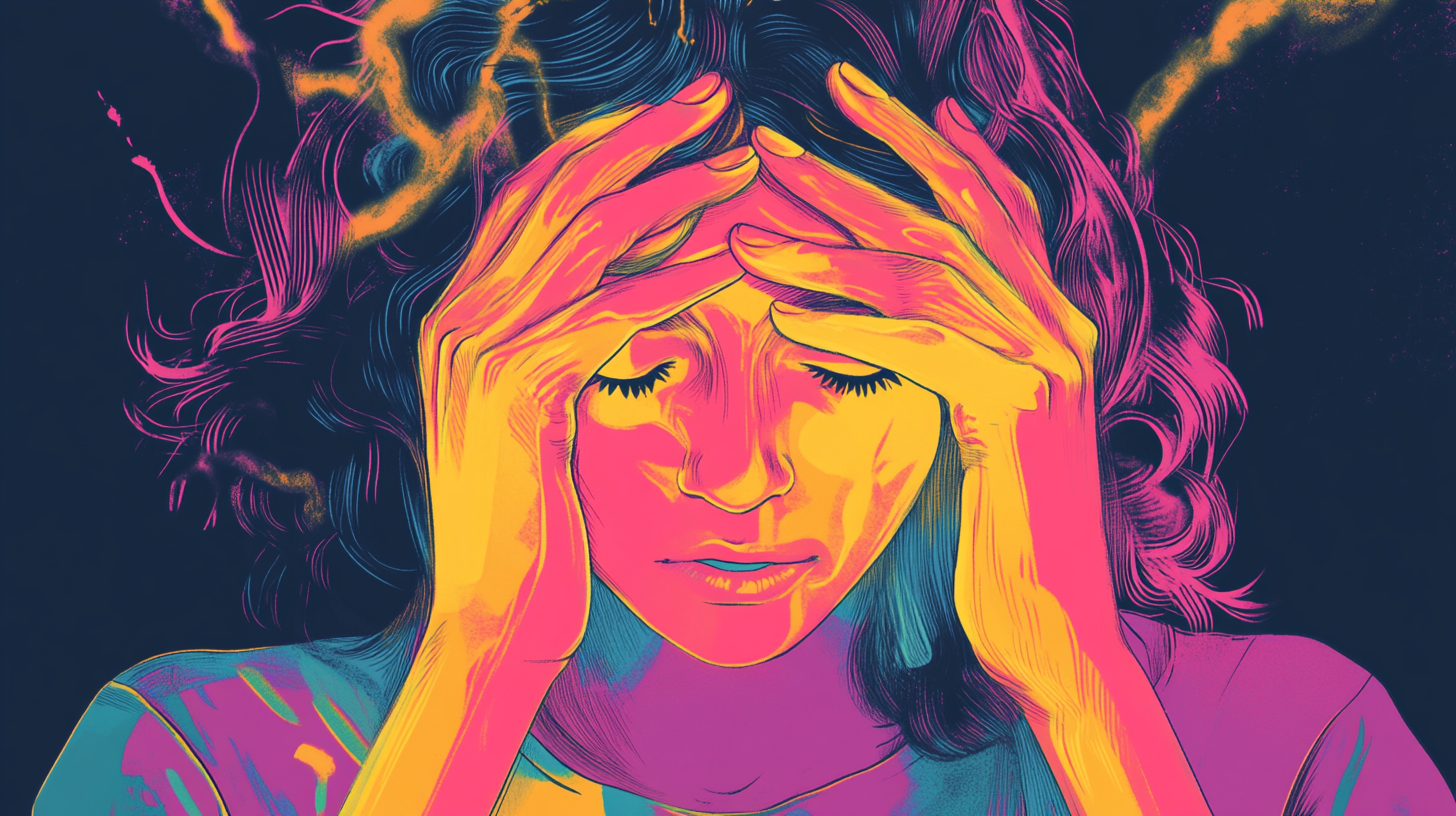
Here's where it gets complicated. Anxiety and depression share several symptoms: trouble sleeping, difficulty concentrating, fatigue, and irritability. But their core emotional signatures are distinct.
- Anxiety is driven by fear. Racing thoughts. What-ifs. A constant undercurrent of dread that something will go wrong.
- Depression, on the other hand, is marked by hopelessness. Numbness. A sense that nothing matters, or that the future holds nothing worth pursuing.
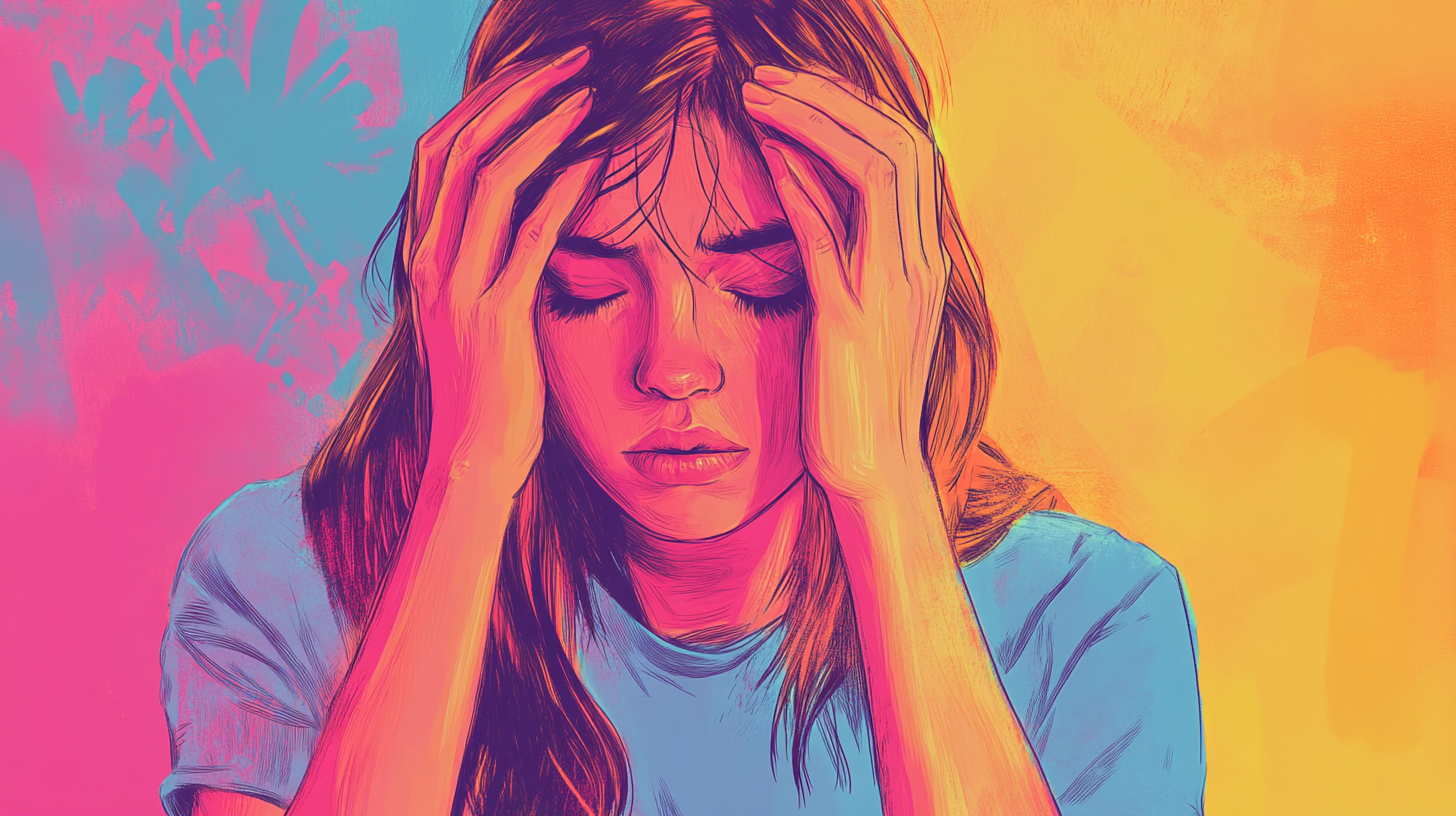
And yet, they overlap so much that they can mask each other. Someone might appear "high functioning" - going to work, sending texts - but internally be cycling through anxiety-fueled panic and depression-driven disconnection, sometimes within the same day.
This diagnostic grey zone can delay proper treatment, especially when one condition is more visible than the other.
Why One Can Lead to the Other 😞
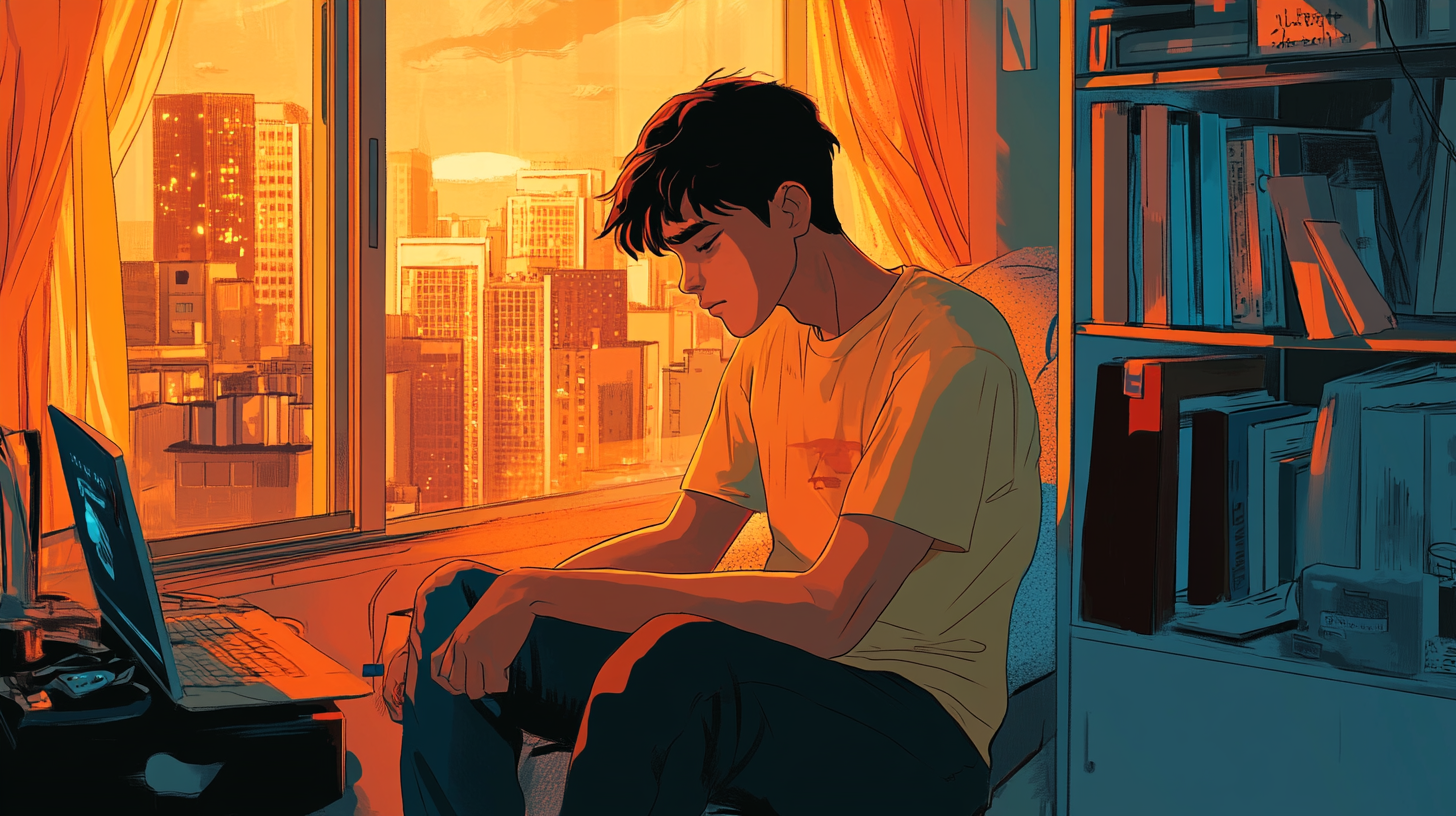
Think of anxiety as constantly living in a state of emergency - your body's fight-or-flight system stuck in overdrive. Over time, that chronic stress can wear you down emotionally and physically. This can lead to feelings of helplessness, exhaustion, and burnout - all hallmarks of depression.
On the flip side, depression can trigger anxiety. Feeling disconnected from others, unable to keep up with daily responsibilities, or struggling with self-worth can provoke intense anxiety about the future or your place in the world.
It's a cycle. Anxiety creates the storm; depression settles in when it feels like it will never pass.
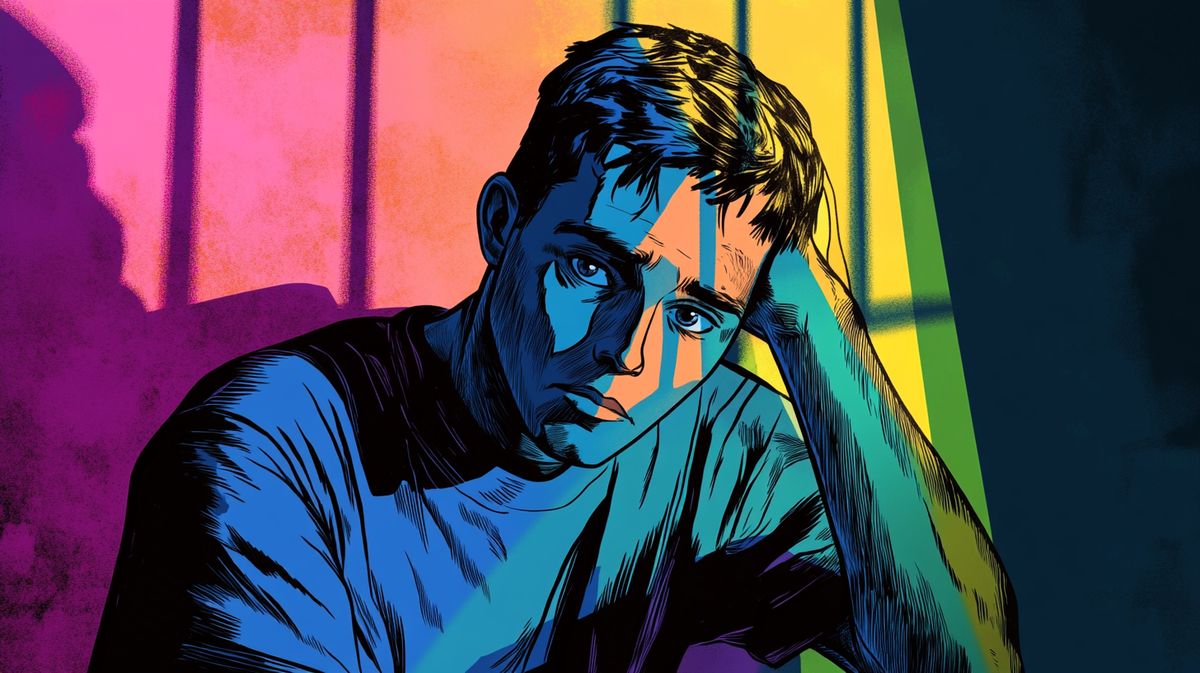
Neurobiologically, both conditions involve dysfunction in similar brain regions - particularly the amygdala and prefrontal cortex, along with dysregulation of neurotransmitters like serotonin, dopamine, and norepinephrine(Harvard Health).
Challenges of Dual Diagnosis 👨⚕️
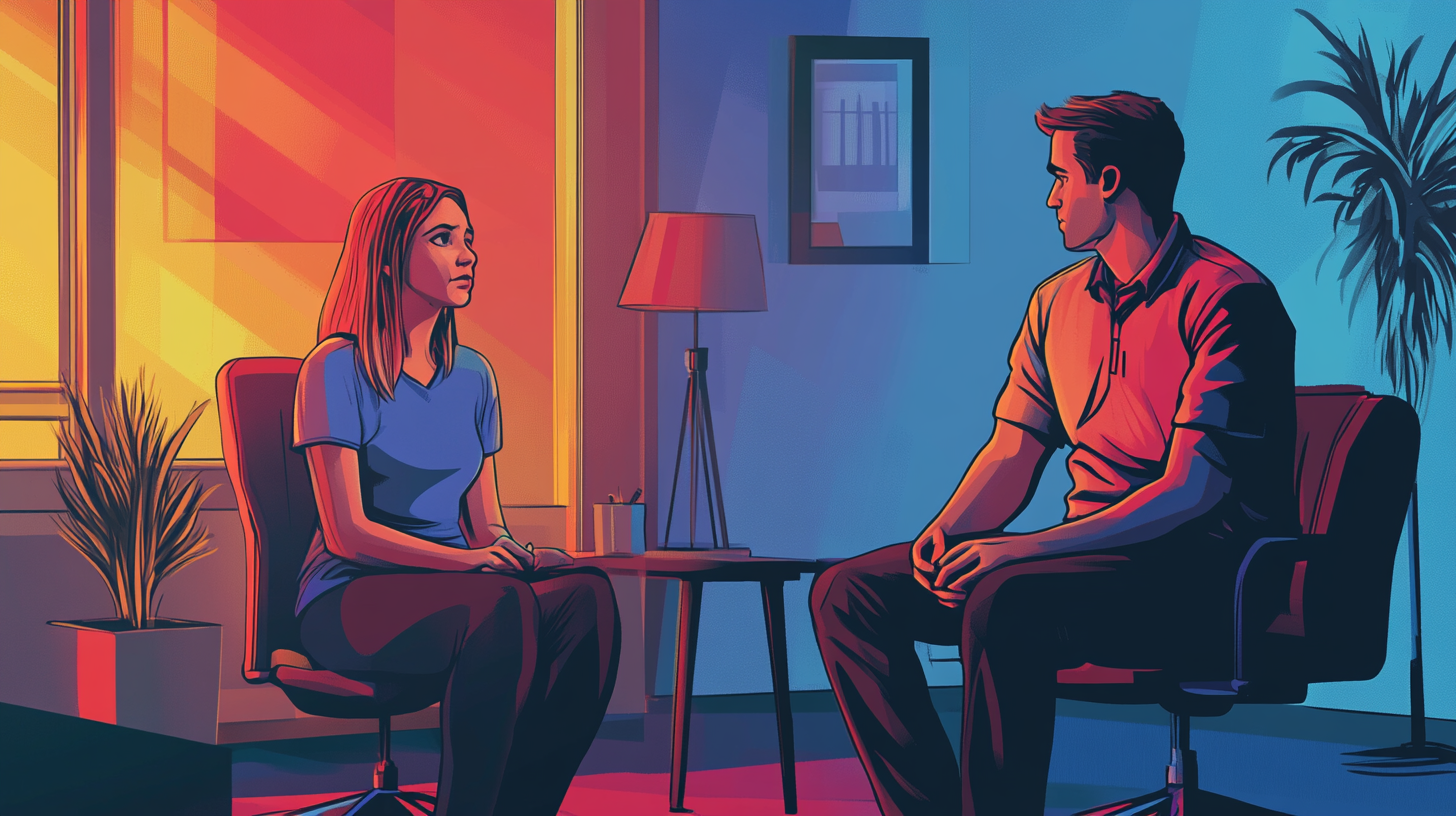
Diagnosing and treating comorbid anxiety and depression isn't straightforward. Symptoms can mimic or mask each other. For instance, is someone avoiding social situations because of anxiety or because they've lost interest due to depression?
Clinicians often find that treating one without addressing the other leads to relapse. Medication for anxiety might ease the panic but leave the numbness. Talk therapy for depression might help with mood, but not the relentless racing thoughts.
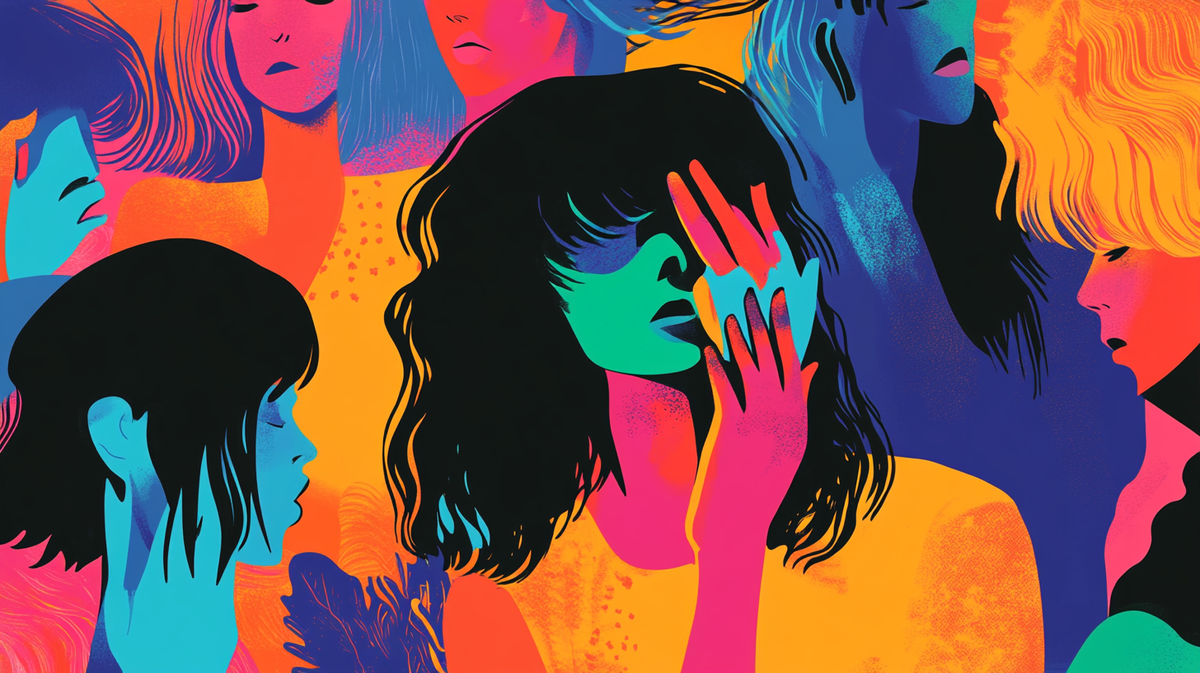
There's also stigma. Anxiety is sometimes seen as "less serious" - something people should just "push through." Depression, meanwhile, is too often viewed as weakness. Combined, they can be misunderstood even by those experiencing them.
And then there's the silence. Many people don't realise that it's possible - and common - to have both.
Integrated Treatment Approaches
Treating a dual diagnosis requires a holistic, integrated plan - one that targets both conditions while recognising how they interact. While I've broken the below down into distinct categories, often the most effective strategy is to combine all three of these to help create as much opportunity for changes as possible.
Medication Plans 💊
Selective serotonin reuptake inhibitors (SSRIs) are commonly prescribed for both anxiety and depression, making them a first-line treatment option. Drugs like sertraline (Zoloft) and escitalopram (Lexapro) have been found effective for co-occurring disorders (Mayo Clinic).
However, treatment needs to be personalised. Some may benefit from SNRIs, beta-blockers (for physical anxiety symptoms), or mood stabilisers.
Holistic Therapy 💆
Cognitive behavioural therapy (CBT) remains one of the most effective treatments for both disorders. It helps individuals identify and challenge distorted thought patterns - whether they stem from fear or hopelessness.
Other approaches like dialectical behaviour therapy (DBT), acceptance and commitment therapy (ACT), and mindfulness-based cognitive therapy (MBCT) offer strategies for regulating emotions and tolerating distress.
More clinicians are also integrating lifestyle medicine, encouraging regular movement, consistent sleep, nutrition support, and social connection as foundational to recovery.
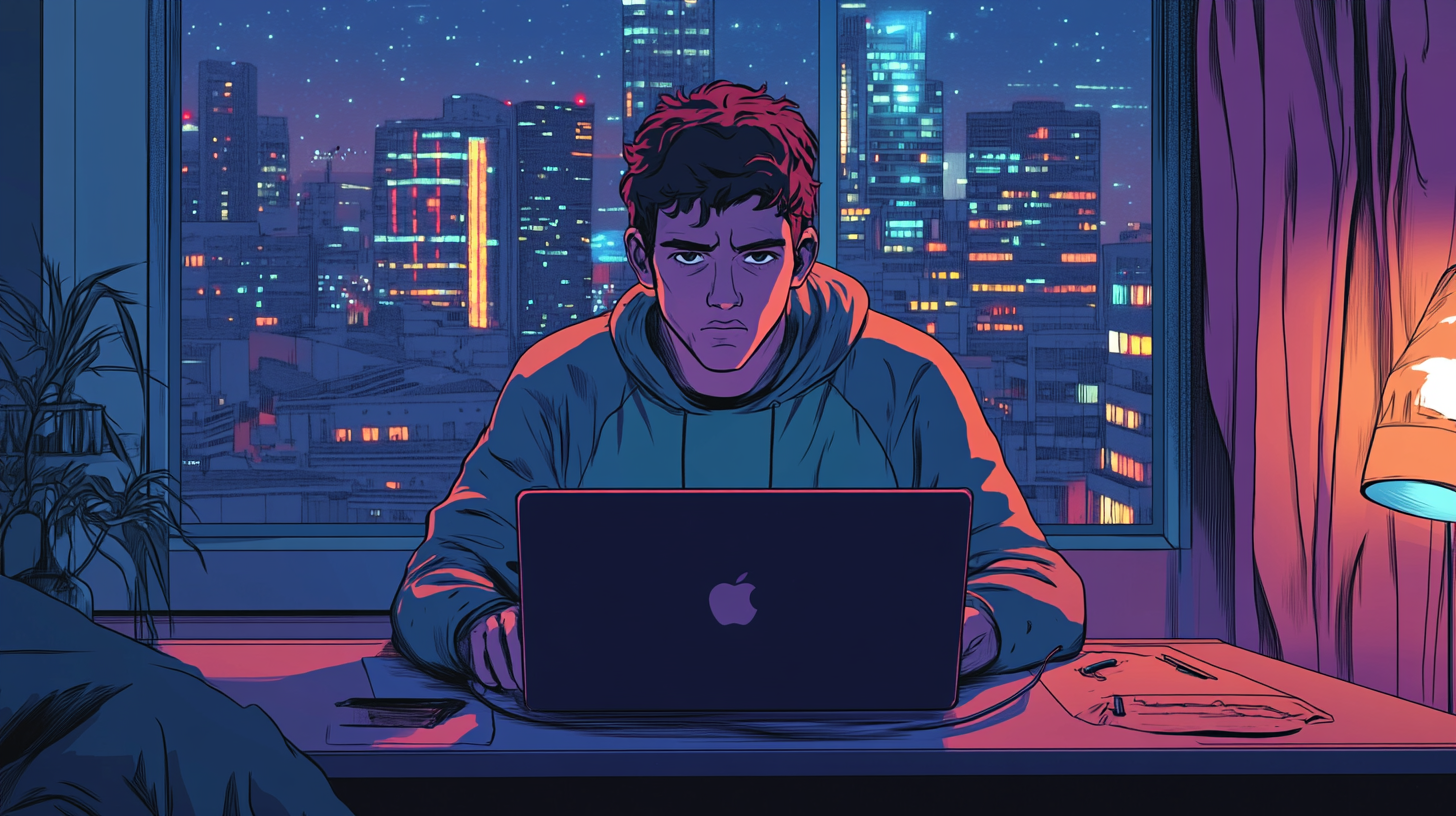
Real Life: Stories of Recovery with Both 📈
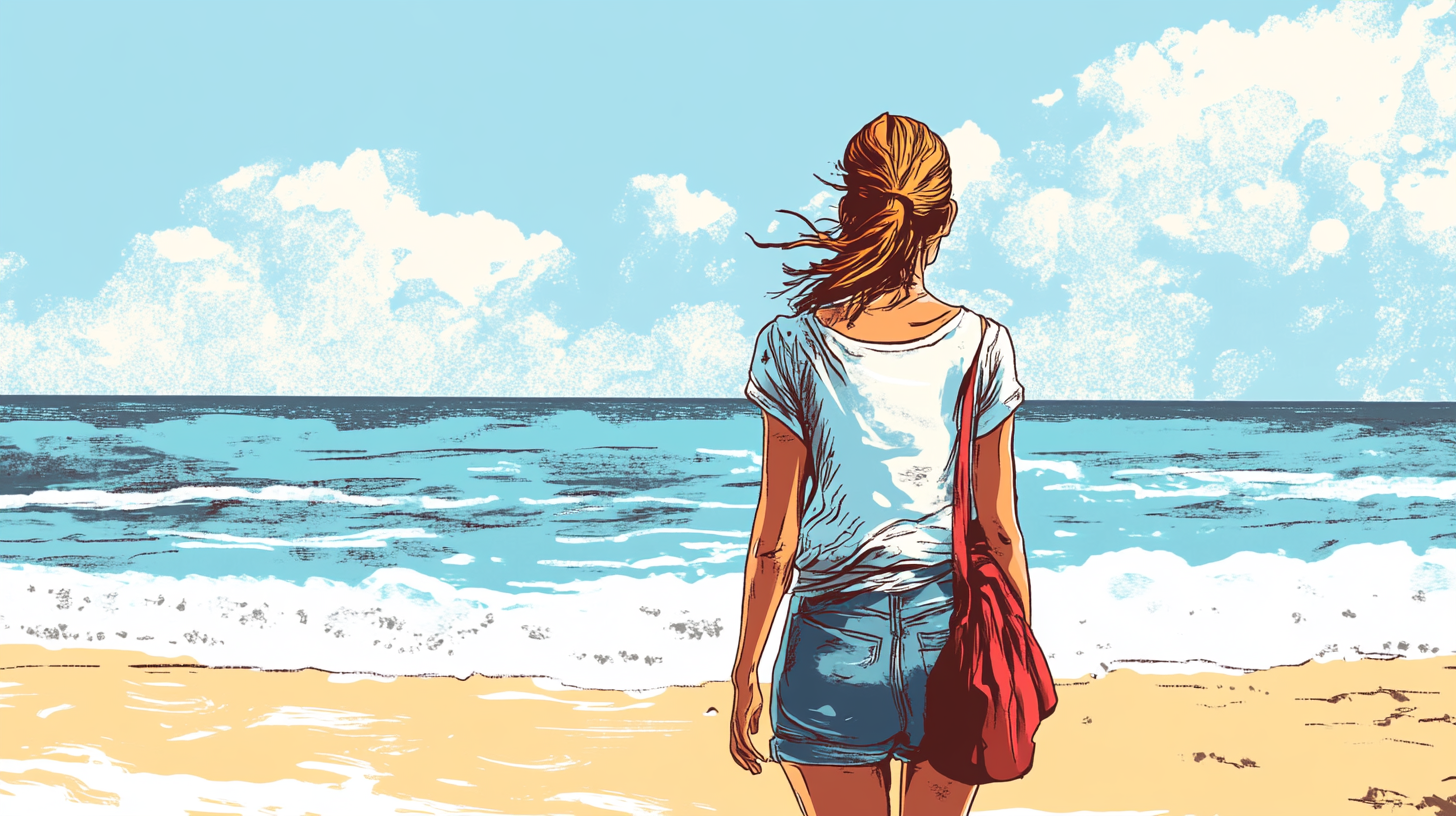
Meet Maria. At 27, she was diagnosed with generalised anxiety disorder. For years, she attributed her fatigue and disinterest in things she once loved to stress. It wasn't until a particularly difficult winter that she realised she was also living with depression.
"Therapy taught me that my anxiety voice said, 'You're failing,' and my depression voice said, 'Why bother trying?' I had to learn how to talk back to both," she says.
Or Jamal, a university student who thought his constant worry and racing heart were just part of student life. It wasn't until he stopped showing up to lectures entirely that a counsellor identified the dual diagnosis. "I thought I had two different problems," he shares. "But they were feeding each other."
These stories highlight what research confirms: recovery is possible, but it requires recognising the whole picture.
The Importance of Early Intervention 🙌
Early identification can dramatically improve outcomes. When treated early, people with comorbid disorders respondbetter to therapy, require lower doses of medication, and report higher quality of life than those who wait years to seek help (NIMH).
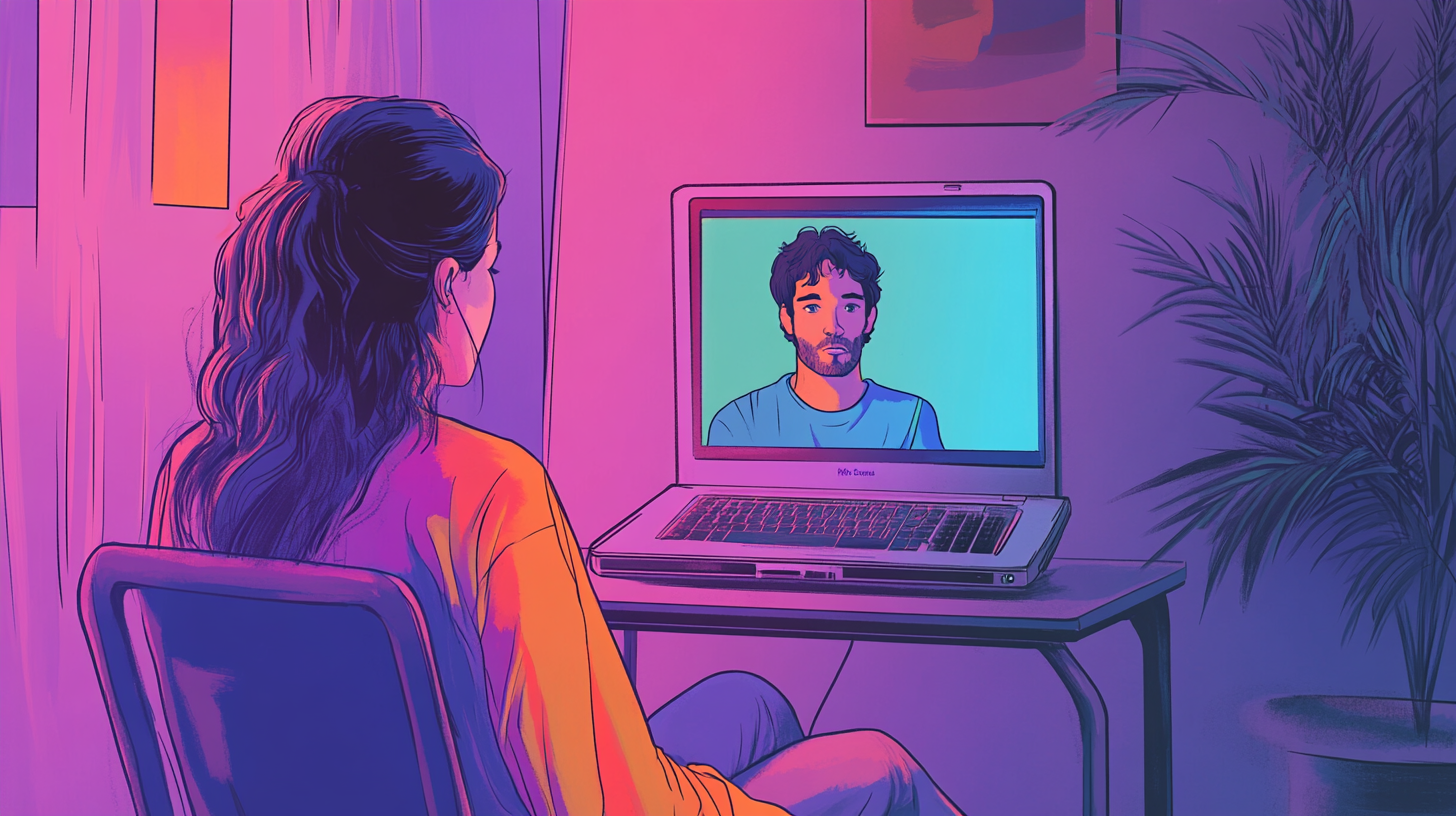
For parents, partners, and peers, noticing the signs early - and encouraging help without judgment - can be life-changing. Don't wait for a "rock bottom" moment. If something feels off, it probably is.
Tools for Daily Life: Journals, Trackers, Self-Care Plans 📝
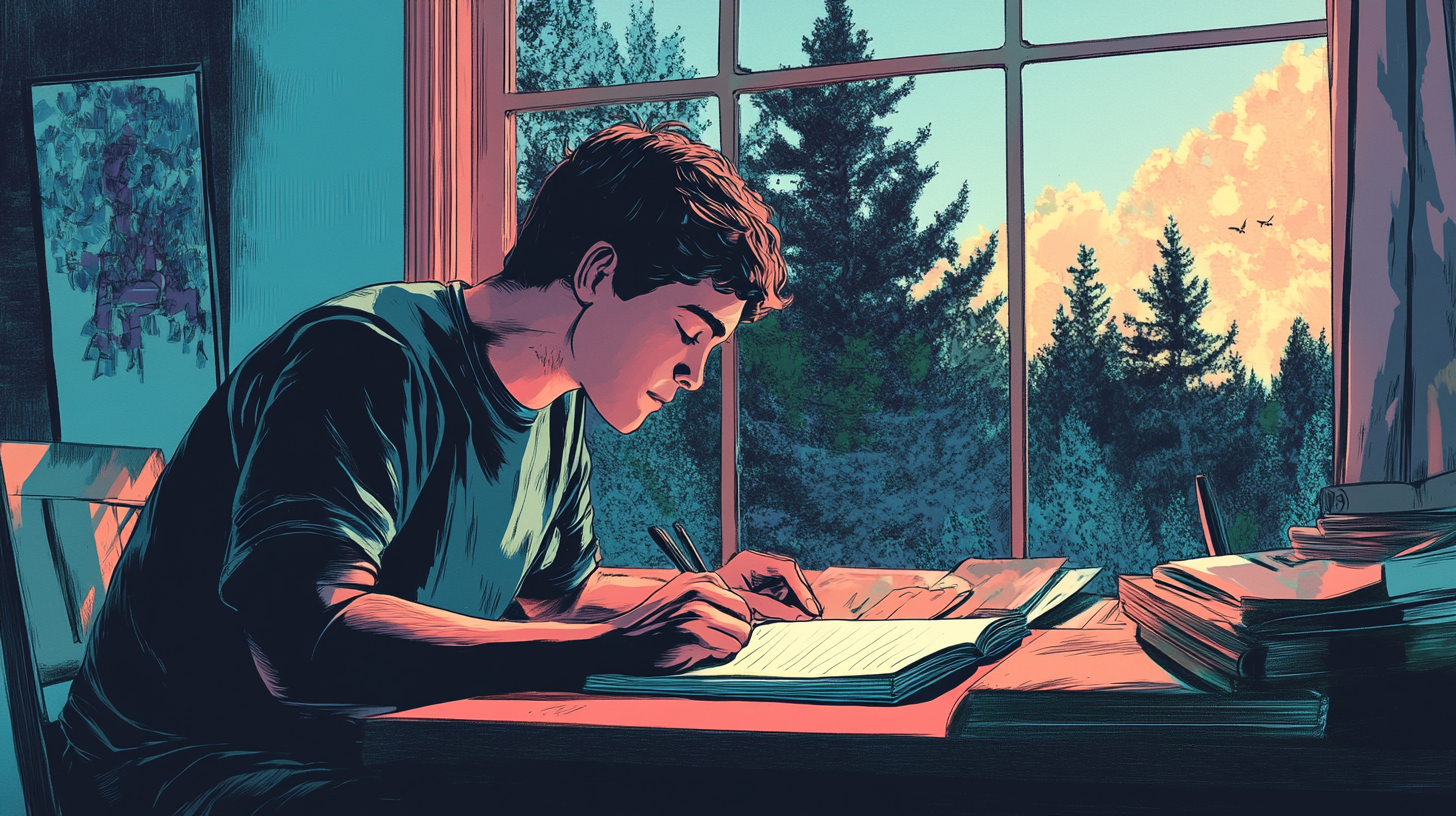
Treatment doesn't end at the clinic. Day-to-day tools can help people manage anxiety and depression between sessions.
- Mood trackers (like the Daylio app or paper journals) can help identify triggers and patterns.
- CBT-based worksheets support cognitive reframing and behaviour activation.
- Daily routines that include movement, sleep hygiene, and mindful breathing reinforce stability.
- Gratitude practices, even when difficult, help shift attention away from constant threat or despair.
Most importantly, people need permission to rest, grieve, and celebrate progress, even when it feels small.










